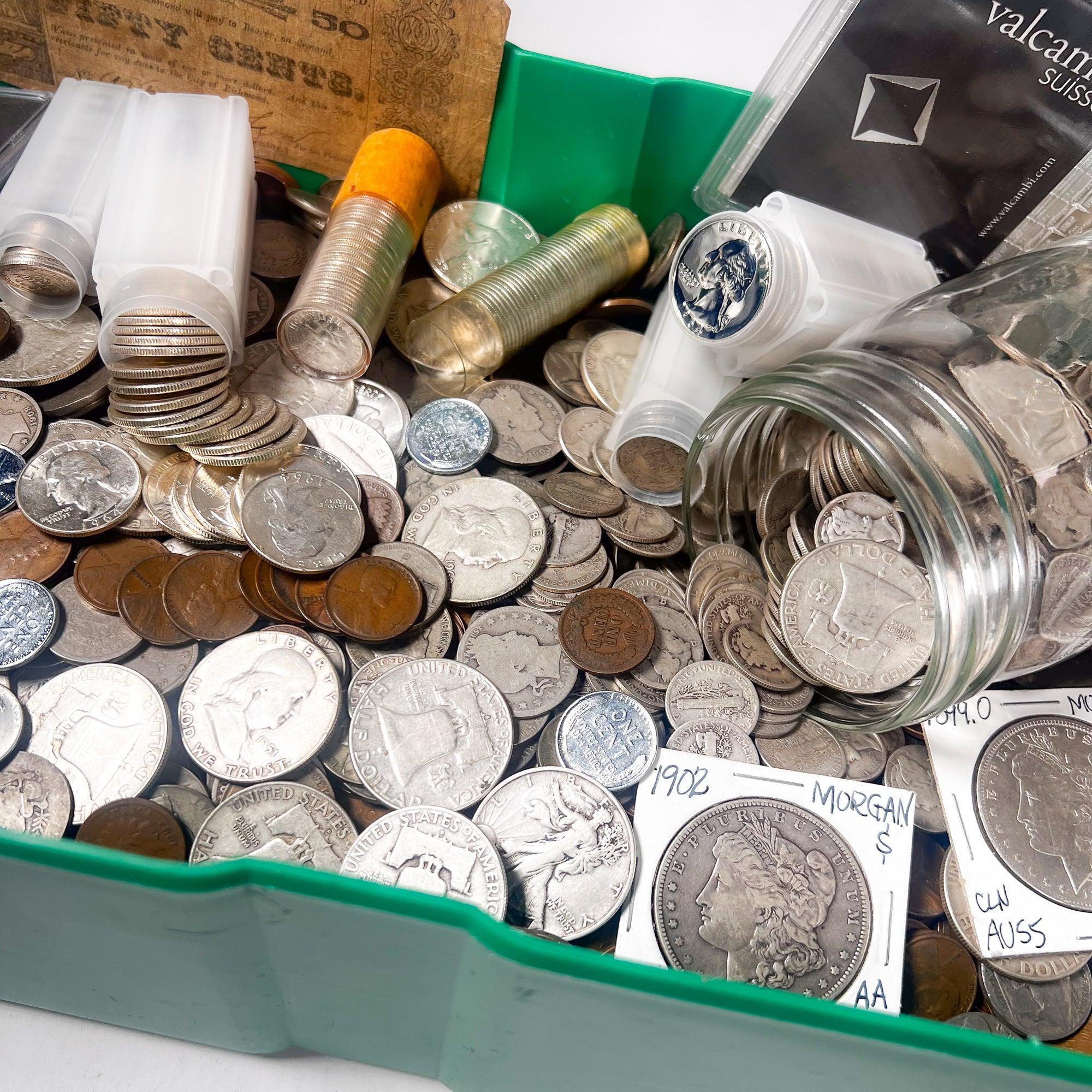Wheat Pennies: A Guide to Not Being Fooled by 'Valuable' Coins

Wheat pennies have always been an interesting coin among collectors due to their unique design and history. However, the popularity of wheat pennies brings the risk of encountering counterfeit or low-value coins. In this blog post, we will go over the key factors to look for to ensure you're getting genuine wheat pennies and how to spot the "valuable" ones that are really just fool's gold.
The First Thing to Pay Attention To
It's important to note that not every wheat penny is worth a fortune. Actually, most of them are worth only a few cents. The hype around a "valuable" penny can blind you to the actual value of the coin. It's essential to be aware of the market value of wheat pennies, as not all of them are valuable.
What Wheat Penny Years are Valuable?
Now, onto the actual valuable wheat pennies. The year the coin was minted is one of the most important factors to consider. In general, the older the coin, the more valuable it is. Wheat pennies minted in the 1930s and earlier are worth more than those minted in the 1940's and 1950s. However, there are certain years that are more valuable than others, such as the 1909-S VDB or the 1955 doubled die penny.
Onto Condition
Condition is another important factor to consider when determining the value of a wheat penny. Coins that are well-preserved and free from damage are worth more than those that are worn or damaged. The grading system used for wheat pennies ranges from Poor (P-1) to Mint State (MS-70), with grades of Very Good (VG-8) or higher being considered collectible. You can find a great grading guide here.
The mint mark is also an important factor to consider. Wheat pennies were minted in Philadelphia, San Francisco, and Denver. Coins with the "S" or "D" mint mark are generally more valuable than those minted in Philadelphia. With the "S" mint mark being the most highly sought after. The 1909-S VDB penny, for example, is one of the most valuable wheat pennies due to its rarity and mint mark.
Avoiding Counterfeits and Cleaned Coins
However, it's important to be aware of counterfeit or altered coins that claim to be rare or valuable. Always verify the authenticity of a wheat penny by examining the design elements of the coin. Look for specific design elements such as the wheat stalk on the reverse side and the "In God We Trust" motto. Check the placement of the date and mint mark, as well as the overall appearance and weight of the coin.
It's important to avoid purchasing cleaned coins, as they can be deceptive and lower in value. Cleaned coins can damage the surface and alter the coin's appearance. It's best to avoid buying cleaned coins and to stick with those that have a natural, untouched patina.
To Sum Up
Wheat pennies can be a fun and valuable addition to any coin collection. However, it's important to be aware of the actual value of the coin, as not all of them are worth a fortune. By following the methods outlined in this blog post, you can ensure that you're purchasing genuine wheat pennies and recognizing the truly valuable ones. Always verify the authenticity of the coin and avoid purchasing cleaned coins to protect yourself and your investment. With a little bit of knowledge and research, you can build an impressive collection of wheat pennies that will stand the test of time.












